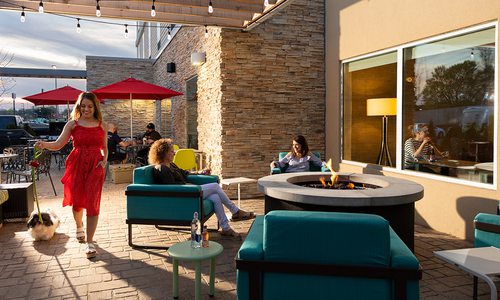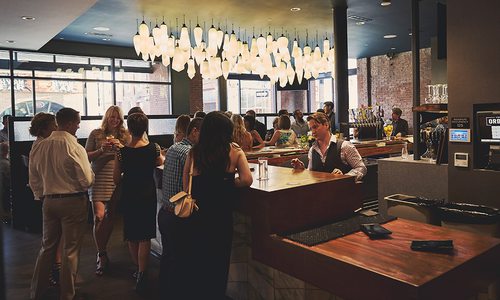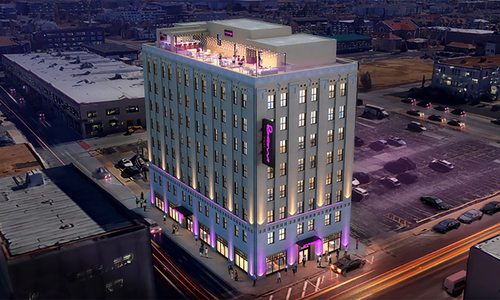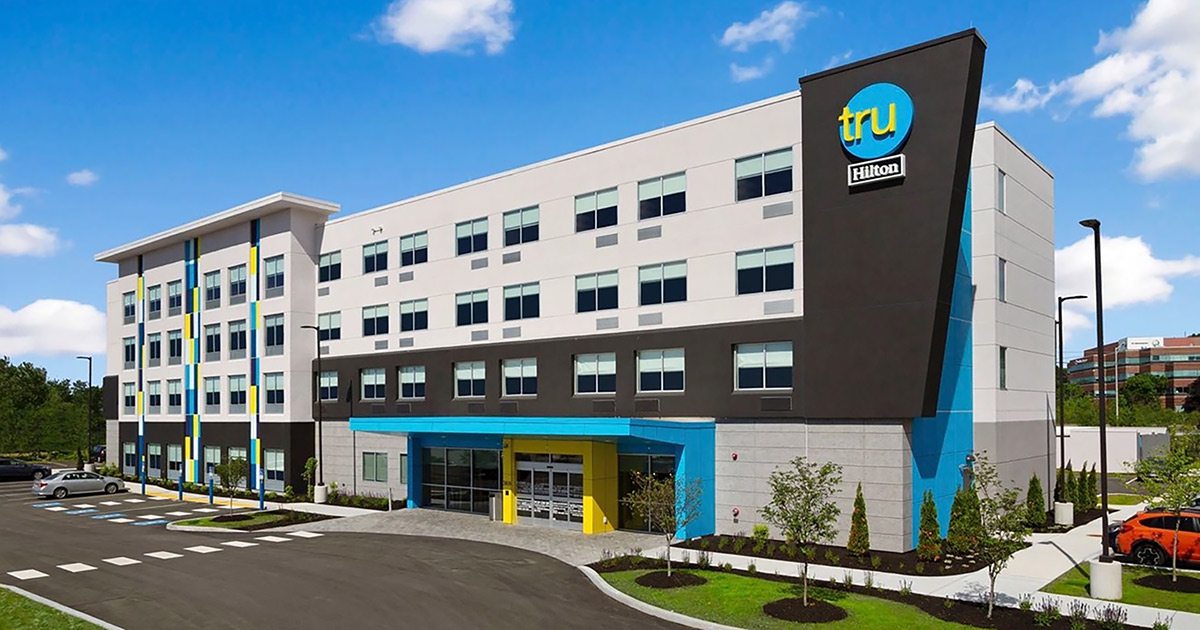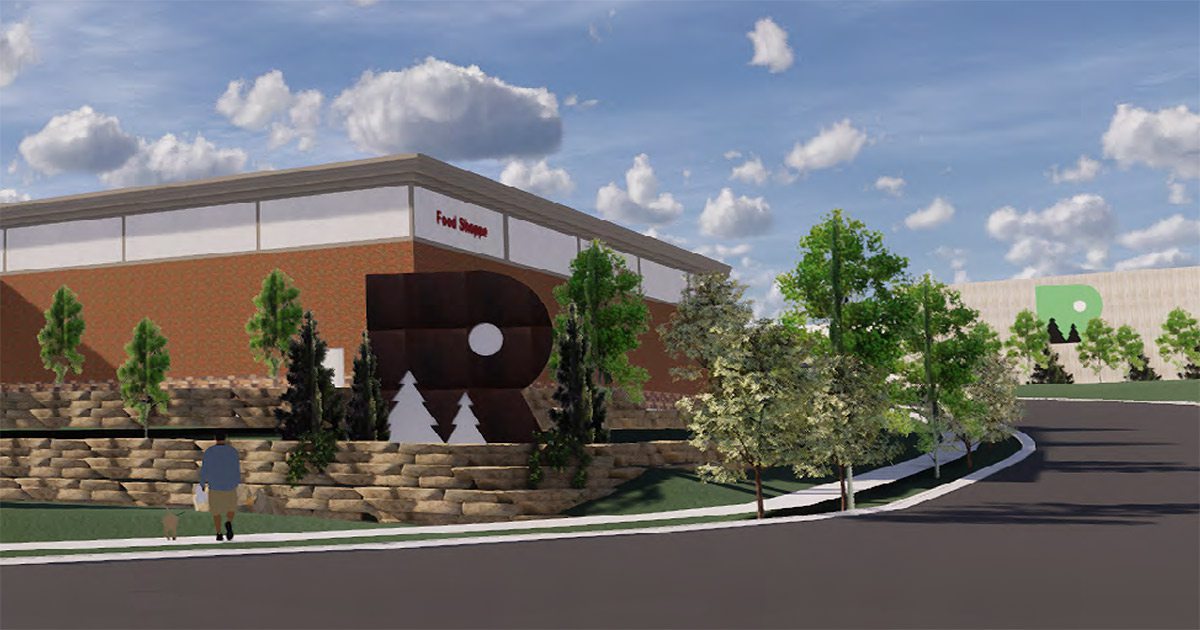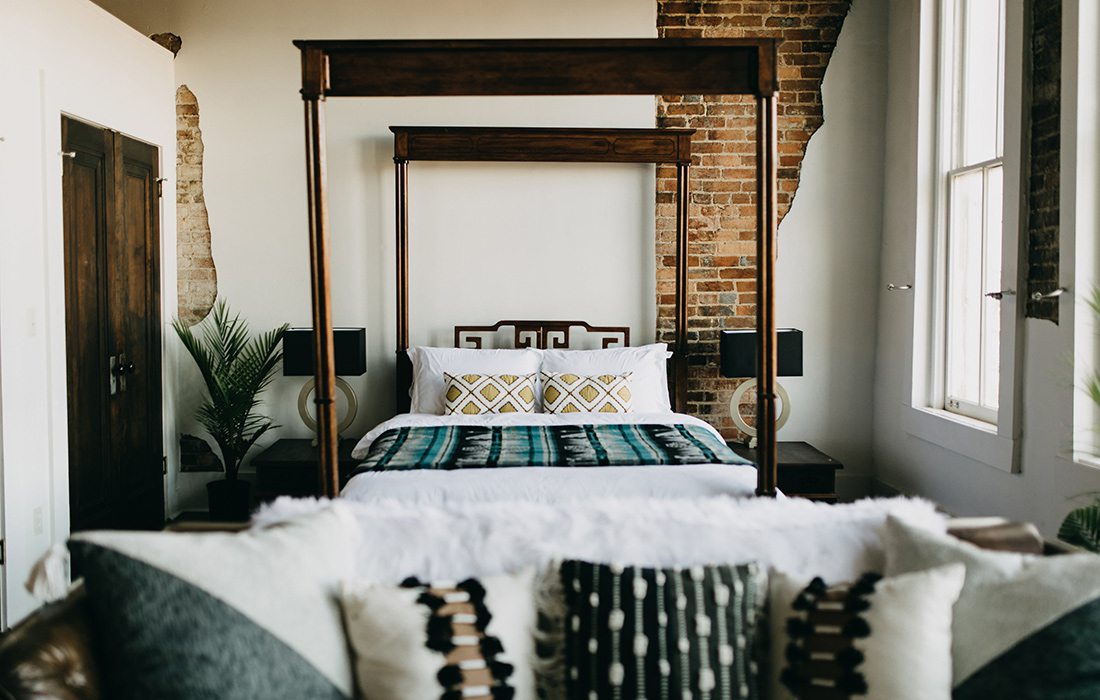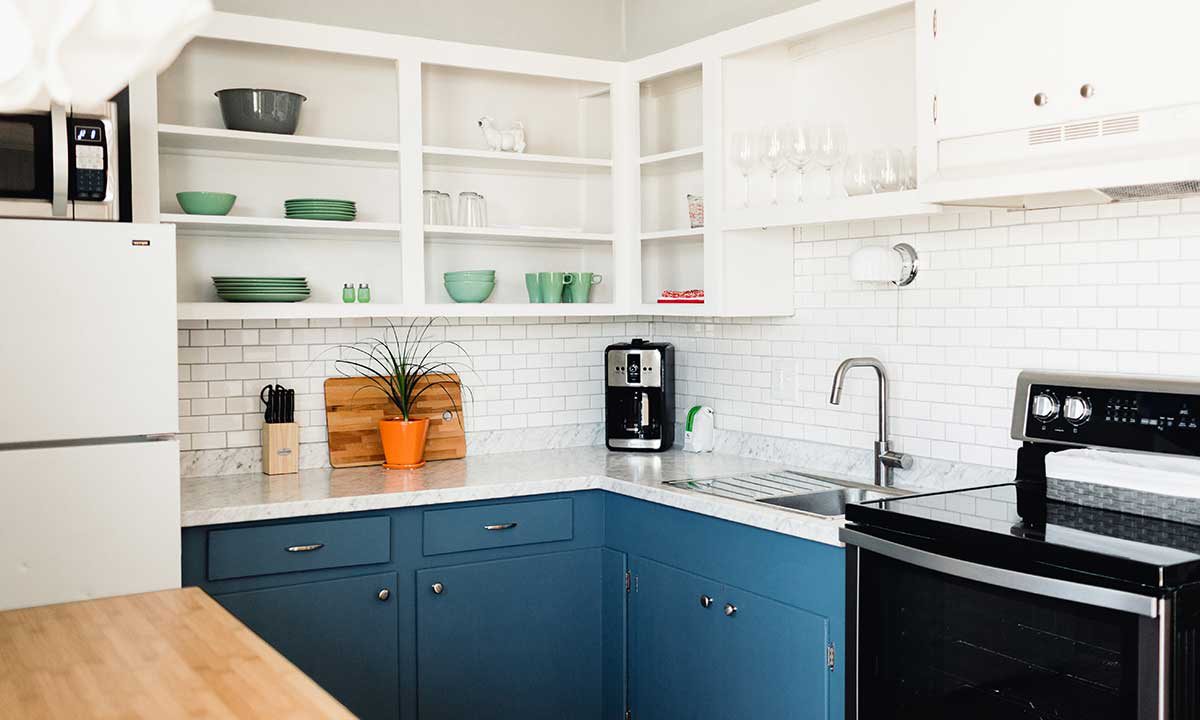Biz 417: When did city council start considering regulations?
Daniel Neal: This process started about three years ago when we were receiving concerns and complaints from citizens noticing there were transient guests and people coming in and out of homes in their neighborhoods. The council weighed the character of the neighborhoods, and in the end the people immediately adjacent to the property owners. They should know what’s going on.
Biz: What did you learn about the short-term rental industry in Springfield?
DN: When we started researching this, we were in the ballpark of 30 to 50 short-term rentals. As time went on, it kept multiplying to where we were in the hundreds.
Biz: What were neighborhood residents worried about most?
DN: They were worried about parking and overcrowding and the toll it could take on their services in the area.
Biz: What’s the elevator-pitch version of the new regulations?
DN: Council wanted three types of short-term rentals. Type 1 is an owner-occupied rental where the owner lives in the home but can rent it out while they’re away as long as they don’t rent it out for more than 95 days each year. Type 2 rentals are not an owner-occupied residence and can be rented out the entire year. Type 3 is a short-term rental above a commercial building.
Biz: What worried the council?
DN: The type 2 is the one the council really focused on because they saw the potential this could have on changing the character of a neighborhood if you had multiple short-term rentals all in one block. That could turn a single-family neighborhood into a kind of hotel.
Biz: What business requirements are attached to short-term rentals?
DN: All three have to get a business license, but Type 2s have to hold a neighborhood meeting with property owners within 500 feet to let them know they’re operating a Type 2. Then 55 percent of adjacent property owners have to agree to let the short-term rental be there. There is also a building inspection to address health or safety issues like proper access in and out of the house and ensure working smoke detectors are installed.
Biz: What are the restrictions in terms of short-term rental density?
DN: You can’t have more than two on a block face, which is one side of the street on a block. So you can have two on either side of the street, and this doesn’t apply to Type 1 short-term rentals. Type 3 units can have no more than two units.
Biz: Which areas of Springfield have the highest density of short-term rentals in them?
DN: The area around MSU is the highest density concentration, which is why we had that initial meeting with the Rountree and Phelps Grove neighborhoods to learn what kind of issues they would have with this regulation.










